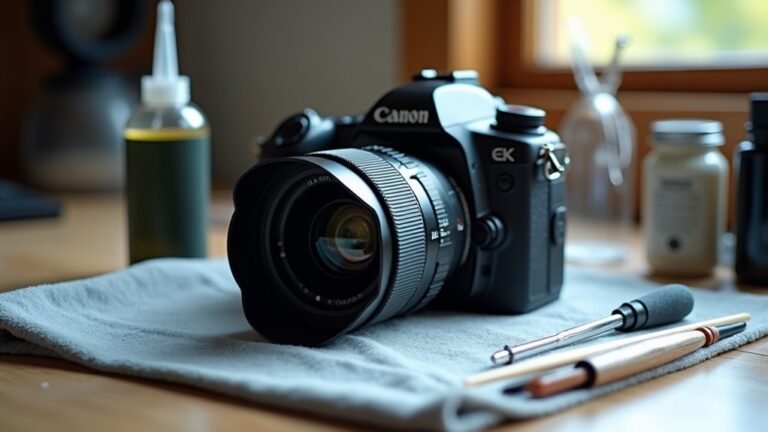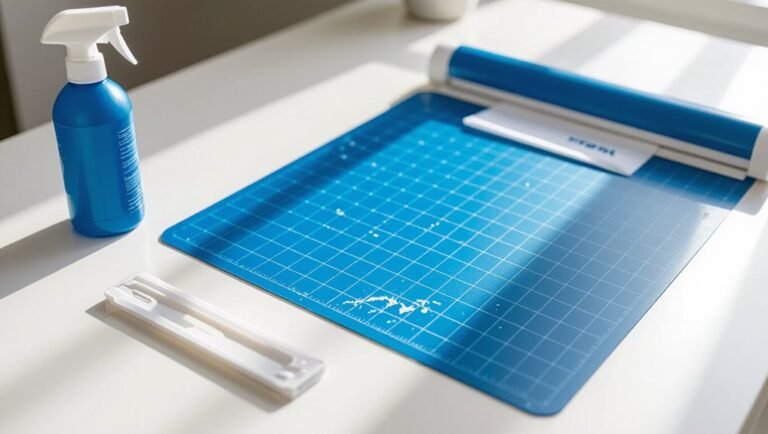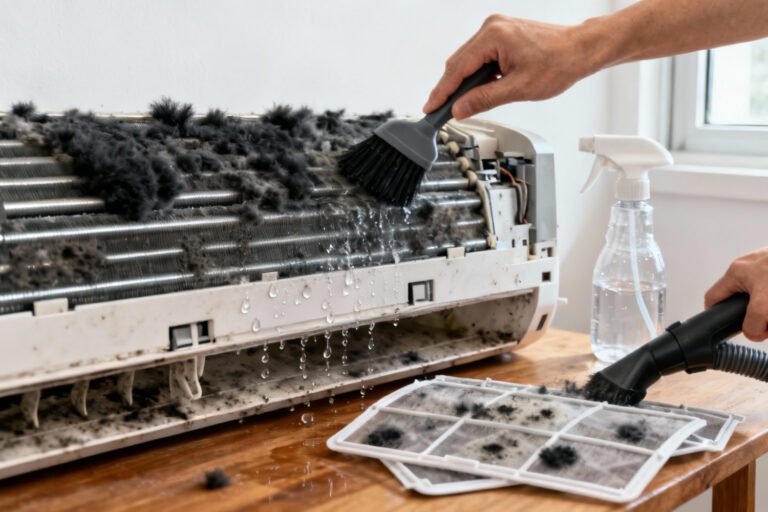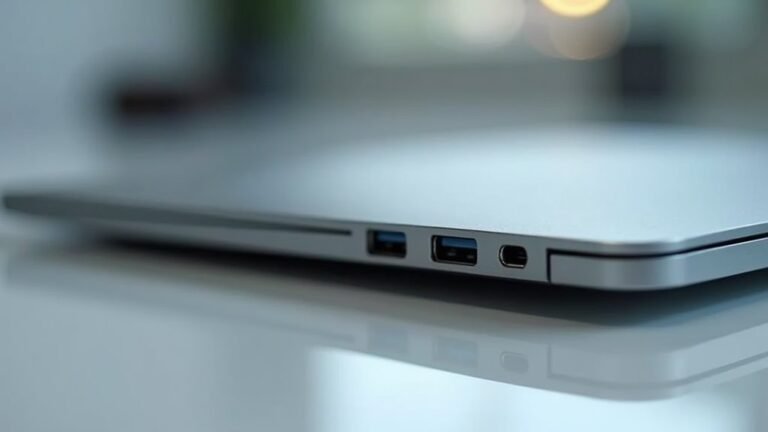We've all seen that annoying white coating that forms on aluminum – making our once-bright items look dull and old. You might notice it on your patio chairs, window frames, or even kitchen tools. While it's tempting to grab strong cleaners or rough scrubbers, there's an easier way to make aluminum look new again.
Some of the links in this article may be affiliate links. If you make a purchase through these links, we may earn a small commission at no extra cost to you. Thank you.
According to Jack Hazelwood, senior product manager at Alcoa Aluminum, "Oxidation is a natural process that happens when aluminum meets air and moisture, but it's completely removable with the right cleaning method."
Think of oxidation like rust on metal – it's just the surface that's affected, and with gentle cleaning, you can bring back the shine underneath. Let's look at how to clean aluminum safely and make it sparkle again without damaging it.
Stubborn Oxidation Frustrates Homeowners
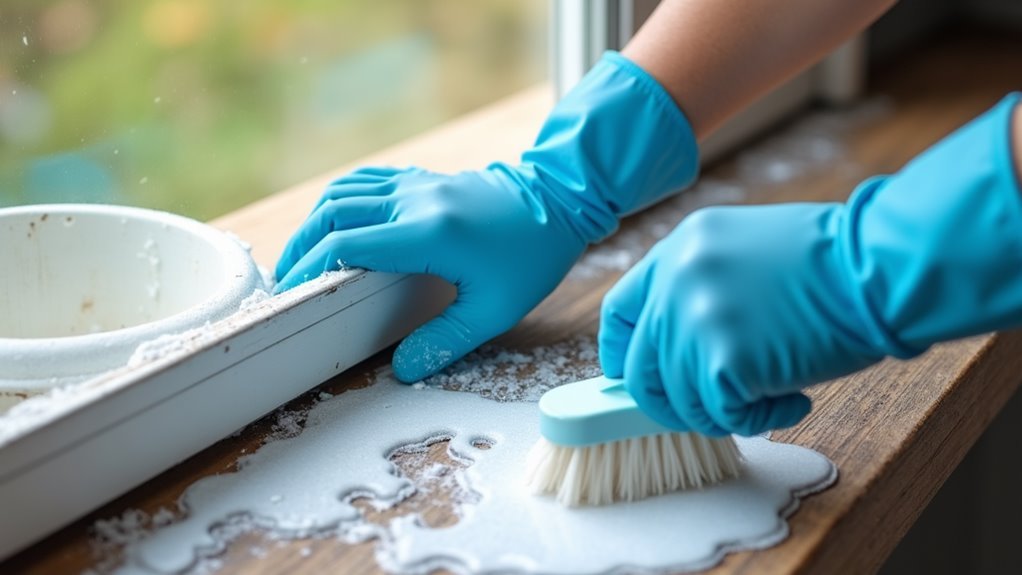
Frustration mounts when homeowners discover unsightly white or gray patches dulling their aluminum surfaces.
It's understood how challenging it can be to clean aluminum and remove stubborn oxidation that seems impossible to budge.
While household solutions might work for mild cases, tougher oxidation often requires specialized cleaning products or techniques to restore those aluminum surfaces to their original shine.
Let's explore the essential things we need to do and avoid when tackling aluminum oxidation cleanup.
We'll break down the process into clear, manageable steps that'll help you restore your aluminum surfaces safely and effectively.
Before we get into the specific dos and don'ts, we should understand that proper cleaning technique and safety precautions are vital for achieving the best results while protecting both the material and ourselves.
Things to Do When Cleaning Aluminium Oxidation
Cleaning aluminum oxidation requires a systematic approach to effectively restore the metal's original appearance while preventing damage to the surface.
The process involves multiple steps that must be followed in sequence, starting with thorough preparation and ending with protective measures to maintain the cleaned surface's condition over time.
- Remove debris and dirt – Clear the surface of loose materials using a soft brush or cloth.
- Mix cleaning solution – Combine equal parts white vinegar and water in a spray bottle.
- Test cleaning solution – Apply to a small, inconspicuous area to verify no adverse reactions.
- Apply cleaner – Spray solution evenly across oxidized areas and let sit for 5-10 minutes.
- Scrub gently – Use non-abrasive materials like soft cloths or fine steel wool to remove oxidation.
- Rinse thoroughly – Clean surface with water to remove all traces of acidic solution.
- Apply alkaline soap – Neutralize acid residue with a mild alkaline cleaner.
- Final rinse – Remove all cleaning products with clean water.
- Dry completely – Use microfiber cloths to prevent water spots.
- Apply protection – Coat surface with appropriate sealant or protective treatment.
Things to Avoid When Cleaning Aluminium Oxidation
When cleaning aluminum oxidation, it's essential to use the right approach and materials to prevent damage to the metal surface.
Improper cleaning methods can lead to permanent damage, accelerated oxidation, or compromise the structural integrity of the aluminum, potentially making the problem worse than before attempting to clean it.
- Steel wool and abrasive scrubbers – These materials create scratches that expose fresh aluminum to oxidation and can trigger galvanic corrosion.
- Alkaline cleaners (pH above 10) – Strong alkaline solutions break down aluminum's protective oxide layer and can cause etching.
- Chlorine-based products and bleach – These chemicals promote corrosion and can weaken the aluminum's structure.
- High-pressure washing – Excessive force can cause denting and surface deformation while removing oxidation.
- Chemical mixing – Combining different cleaning agents can create dangerous reactions and reduce their effectiveness.
- Metal brushes – Can leave behind steel particles that promote rust and galvanic corrosion.
- Harsh acids – Can eat away at both the oxidation and the underlying aluminum.
Steps
Cleaning aluminum oxidation requires a methodical approach using the right combination of cleaning solutions and techniques. The process involves creating appropriate cleaning pastes or solutions, applying them correctly, and following up with protective measures to prevent future oxidation, all while being gentle enough not to damage the aluminum surface.
Step 1: Make a cleaning paste by mixing 1 tablespoon of cream of tartar with ½ tablespoon of water.
Step 2: Apply the paste to oxidized areas and let it sit for 10 minutes.
Step 3: Wipe away the paste with a wet cloth.
Step 4: For stubborn oxidation, prepare a solution of 1 tablespoon white vinegar and 2 cups warm water.
Step 5: Gently scrub the surface with the vinegar solution using a soft cloth.
Step 6: For larger areas, combine 1 tablespoon dishwashing soap with 1 gallon warm water.
Step 7: Clean with a non-abrasive pad or gentle brush.
Step 8: Rinse thoroughly to remove all cleaning residues.
Step 9: Apply commercial metal polish in circular motions to restore shine.
Step 10: Consider applying a clear sealant for protection against future oxidation.
Step 11: Maintain regular cleaning schedule and store items in dry environments.
Final Thoughts
Maintaining the pristine condition of aluminum surfaces isn't as challenging as it might seem.
With regular cleaning and proper care, we can prevent oxidation from taking hold.
Remember to apply a protective barrier after cleaning to extend the life of your aluminum items.

Cleaning aluminum oxidation doesn't have to be an intimidating task when approached with the right knowledge and tools. Regular maintenance is key to preventing heavy oxidation buildup, making future cleaning easier and protecting your aluminum surfaces in the long run.
Whether you choose chemical cleaners, mechanical methods, or professional solutions, always start with the gentlest approach first and escalate only if needed.
Remember to protect yourself with appropriate safety gear and test any cleaning solution on a small, inconspicuous area before full application. By following proper cleaning techniques and establishing a regular maintenance routine, you can keep your aluminum surfaces looking bright and clean for years to come.
Don't let oxidation diminish the appearance and value of your aluminum items. Take action today by inspecting your aluminum surfaces and implementing these cleaning methods to restore and maintain their original luster.
With consistent care and the right approach, you can effectively manage aluminum oxidation and preserve the beauty of your aluminum items.


